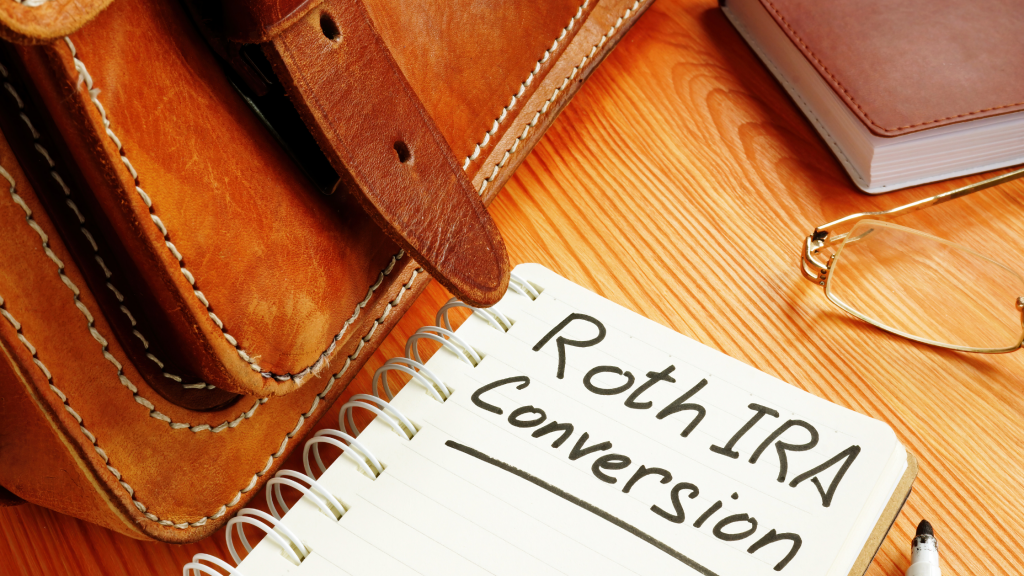One silver lining in the current bear market is that this could be a good time to convert assets from a traditional IRA to a Roth IRA. Converted assets are subject to federal income tax in the year of conversion, which might be a substantial tax bill. However, if assets in your traditional IRA have lost value, you will pay taxes on a lower asset base when you convert. If all conditions are met, the Roth account will incur no further income tax liability for you or your designated beneficiaries, no matter how much growth the account experiences.
Tax Trade-Off
The logic behind deferring taxes on retirement savings is that you may be in a lower tax bracket when you retire, so a current tax deduction might be more appealing than tax-free income in retirement. However, lower rates set by the Tax Cuts and Jobs Act (set to expire after 2025) may have changed that calculation for you. A cost-benefit analysis could help determine whether it would be beneficial to pay taxes on some of your IRA assets now rather than later. One strategy is to “fill your tax bracket,” meaning you would convert an asset value that would keep you in the same tax bracket. This requires projecting your income for 2022.
Lower Values, More Shares
As long as your traditional and Roth IRAs are with the same provider, you can typically transfer shares from one account to the other. Thus, when share prices are lower, you could theoretically convert more shares for each taxable dollar and would have more shares in your Roth account to pursue tax-free growth. Of course, there is also a risk that the converted assets will go down in value. You may have the option to take taxes directly out of your converted assets, but this is generally not wise.
Two Time Tests
Roth accounts are subject to two different five-year holding requirements: one related to withdrawals of earnings and the other related to conversions. For a tax-free and penalty-free withdrawal of earnings, including earnings on converted amounts, a Roth account must meet a five-year holding period beginning January 1 of the year your first Roth account was opened, and the withdrawal must take place after age 59½ or meet an IRS exception. If you have had a Roth IRA for some time, this may not be an issue, but it could come into play if you open your first Roth IRA for the conversion.
Assets converted to a Roth IRA can be withdrawn free of ordinary income tax at any time, because you paid taxes at the time of the conversion. However, a 10% penalty may apply if you withdraw the assets before the end of a different five-year period, which begins January 1 of the year of each conversion, unless you are age 59½ or another exception applies.
More Favorable RMD Rules
Unlike a traditional IRA, Roth IRAs are not subject to required minimum distribution (RMD) rules during the lifetime of the original owner. Spouse beneficiaries who treat a Roth IRA as their own are also not subject to RMDs during their lifetimes. Other beneficiaries inheriting a Roth IRA are subject to the RMD rules. In any case, Roth distributions would be tax-free. The longer your investments can pursue growth, the more advantageous it may be for you and your beneficiaries to have tax-free income.
All investing involves risk, including the possible loss of principal, and there is no guarantee that any investment strategy will be successful.
This article was prepared by Broadridge.
LPL Tracking #1-05304304


